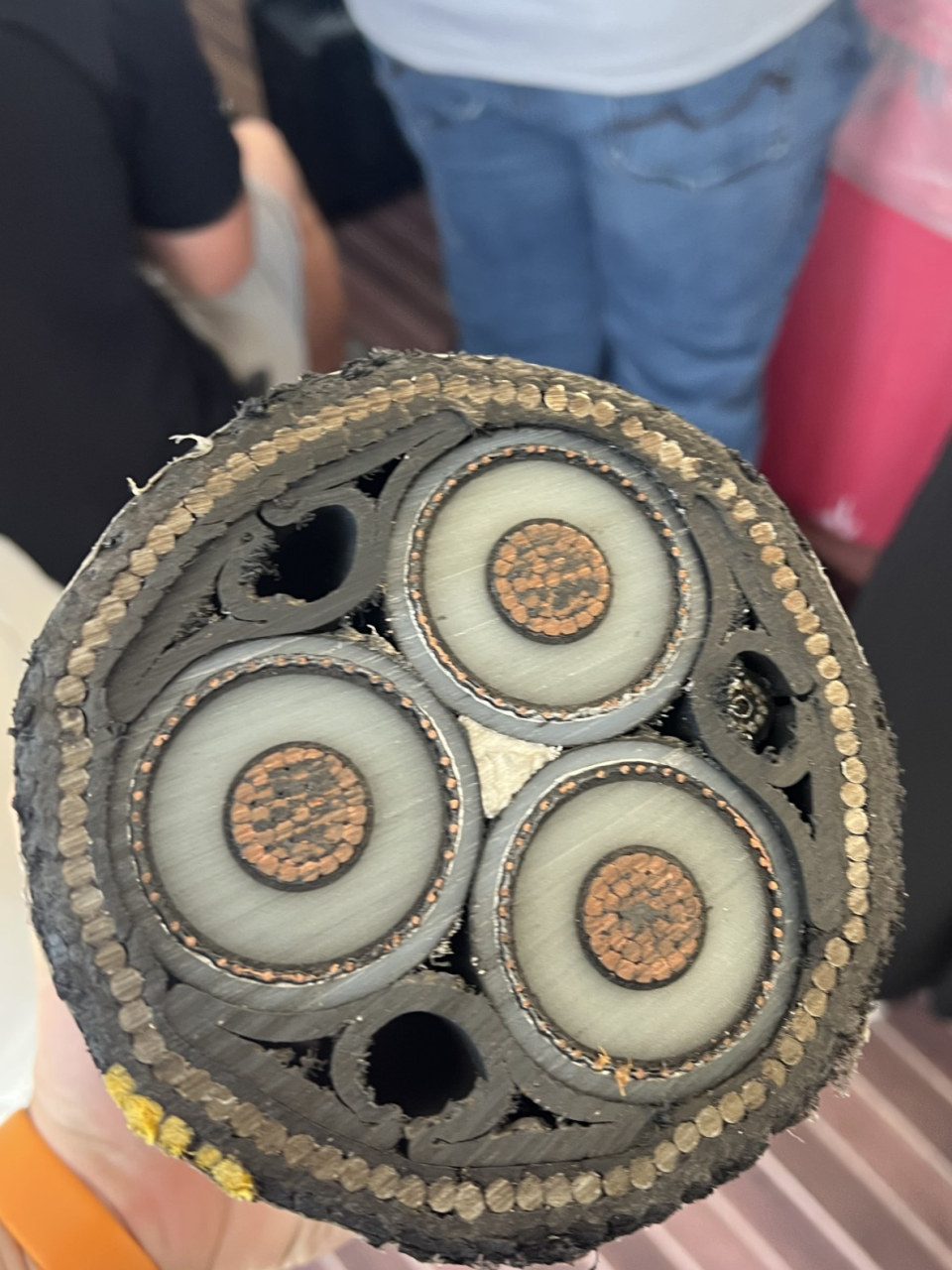Dominion Energy highlights environmental mitigation efforts at offshore wind site
VIRGINIA BEACH, Va. (WAVY) — Ten down, 166 more to go.
Monday, the tenth monopile foundation for the Coastal Virginia Offshore Wind project was installed into the Atlantic Ocean, roughly 27 miles off the coast of Virginia Beach.
Offshore wind project could bring thousands of jobs, $274M in tax revenue to VB
For nearly a month, the Belgium-based heavy lift vessel Orion has been methodically placing the 25-story tall cylindrical steel behemoths roughly 100 feet into the sea floor to be the base for the eventual addition of wind turbines, which will generate enough energy to power up to 660,000 homes.
Public utility provider Dominion Energy is behind the $9.8 billion effort, the largest offshore wind farm under construction in the United States.
While Dominion touts the project’s ability to reduce carbon emissions and generate fuel savings of $3 billion for customers during the first 10 years of operation, right now many skeptics are focused on potential negative environmental impacts.

In the last two years, more than half-a-dozen whales have washed up on the beaches of either Virginia Beach or the Outer Banks, leaving many to wonder if the ongoing work from Dominion Energy was to blame. Some have even sued the company over potential environmental concerns.
Mitchell Jabs, environmental permitting manager for the wind project, said five years of research has her confident the ongoing construction is not harmful to the whales.
“We feel very very confident in that our mitigations are comprehensive,” Jabs said.
Out at the wind farm lease area, Jabs points out that underwater volume monitoring devices have been set up to monitor the noise the project generates.
But before anything can begin, the area must be searched.
“Observers are monitoring the area,” Jabs said. “Two vessels that’ll circle the piling vessel while we’re pile driving and those are supposed to track a total of nine active protected species.”
If a sea turtle or whale is in the area, crews will immediately stop work until it clears. Jabs said it has already happened several times.
Orion is using a two-step method to install the massive 1,000 ton monopiles. First, the heavy lift vessel vibrates the monopile on the sea floor, turning it left and right in the area where it will break through the sea floor. Next, impact piling begins.
All along, bubble curtains – perforated hoses that have air pumped through them – create a wall of bubbles around the monopiles during installation to reduce soundwaves underwater.
To be protective of the endangered North Atlantic right whale, no monopiles will be installed between November 1 and April 30, the time that the whales are expected to be migrating past the project area according to Dominion.
Copyright 2024 Nexstar Media, Inc. All rights reserved. This material may not be published, broadcast, rewritten, or redistributed.
For the latest news, weather, sports, and streaming video, head to WAVY.com.

